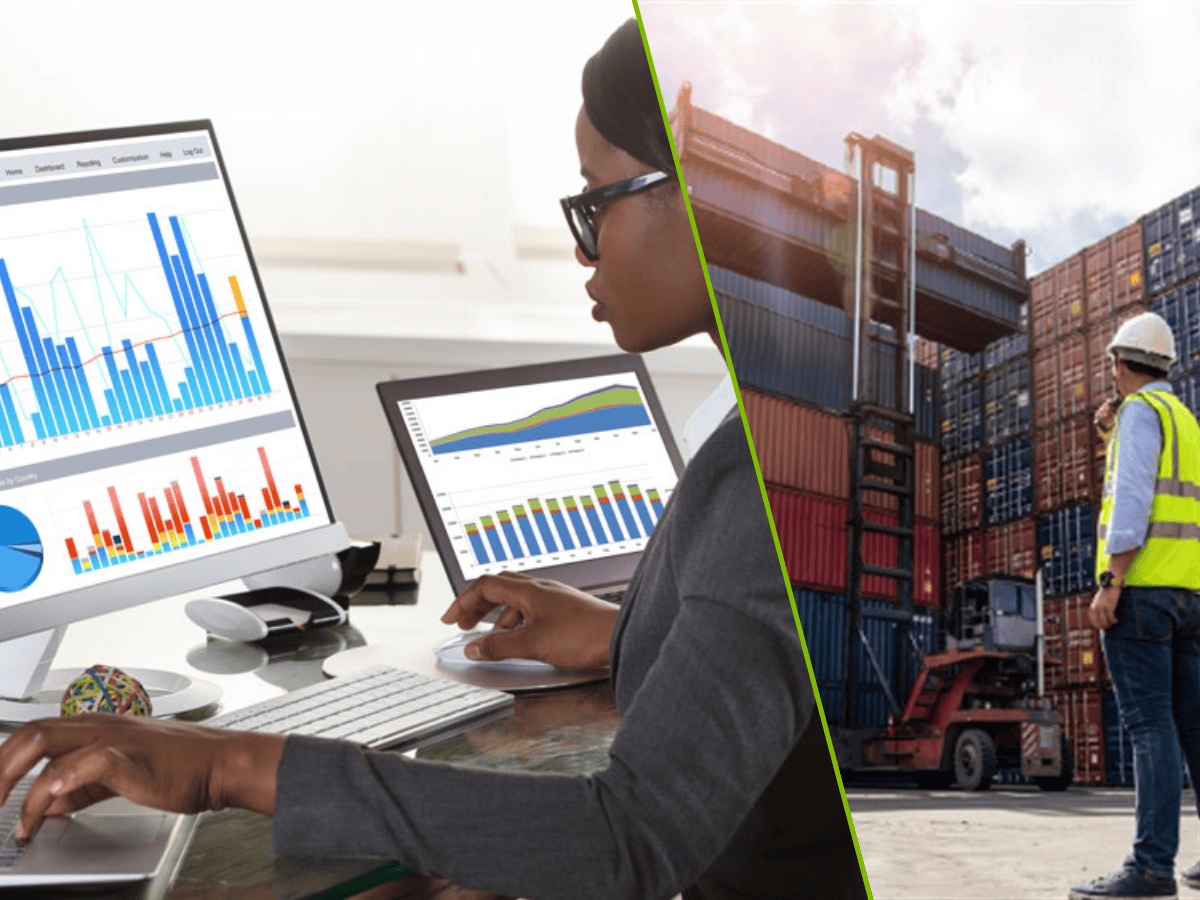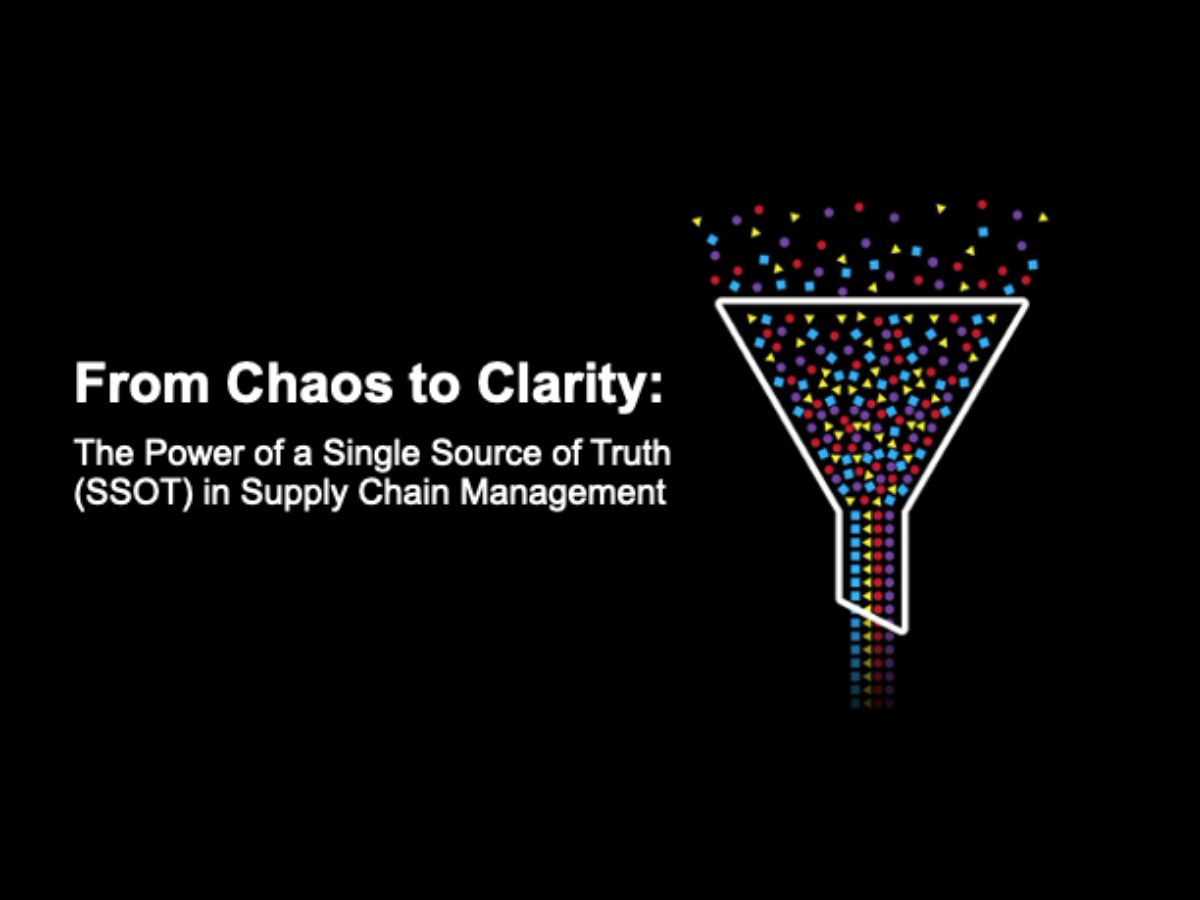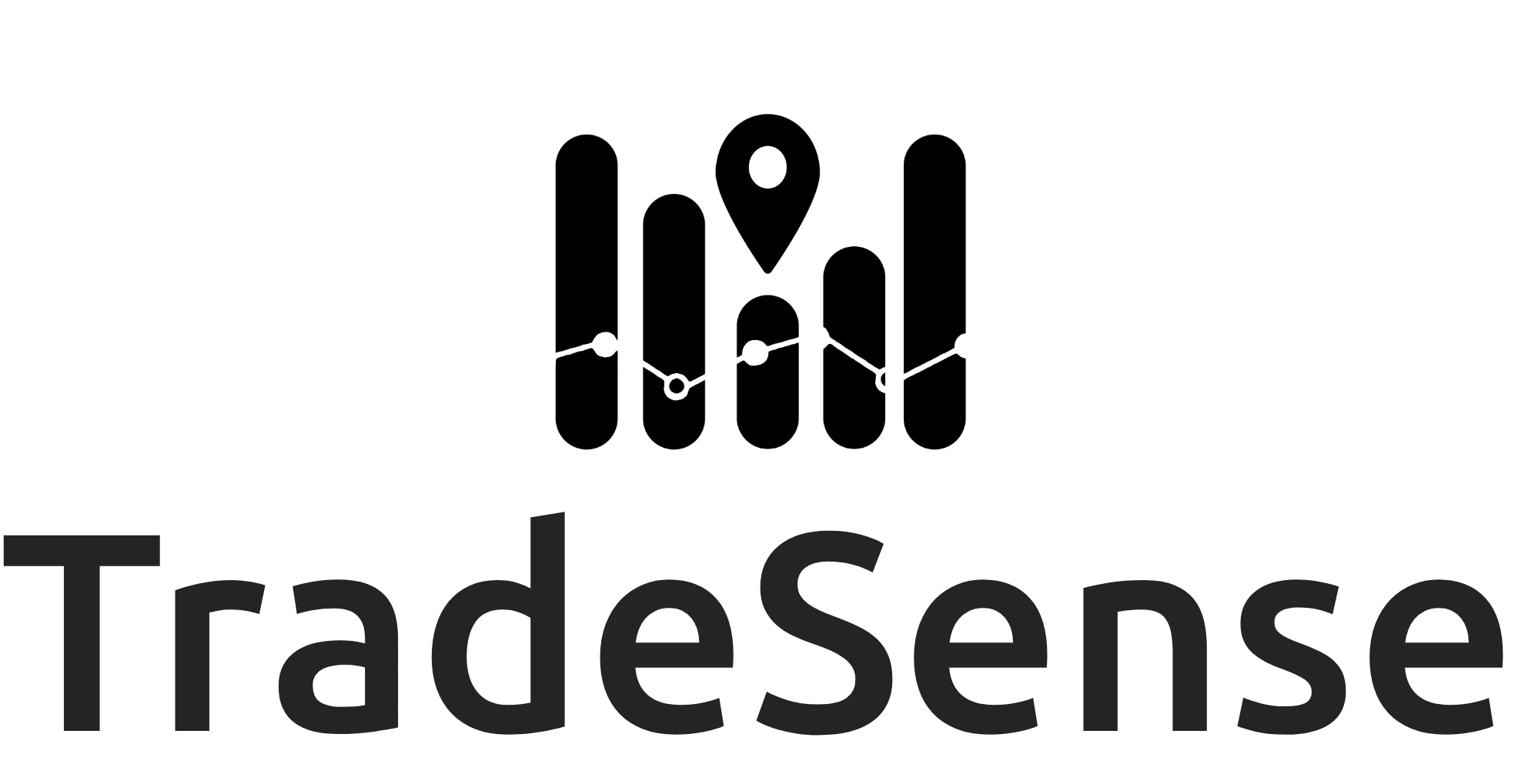In today’s fast-paced and highly competitive
business environment, supply chain management has evolved into a complex,
data-driven discipline. Companies are no longer just moving products from point
A to point B—they’re optimizing every step of the process to reduce costs,
improve efficiency, and enhance customer satisfaction. At the heart of this
transformation are modern supply chain analytics tools, which
empower businesses to make smarter, faster, and more informed decisions.
Here’s a breakdown of the key functionalities that define top-tier supply chain analytics software and why they’re non-negotiable for your business.
1. Data Visualization: Turning Complexity into Clarity
Supply chains generate vast amounts of data, but
raw numbers alone aren’t enough to drive decision-making. The best supply chain
analytics tools offer interactive visualizations and dashboards that
transform complex data into easy-to-understand insights. Whether it’s
identifying trends, spotting outliers, or tracking performance metrics, visual
tools help stakeholders at all levels grasp the big picture—and the finer
details—at a glance.
Why it matters: Visualizations bridge the gap between data and action, enabling teams to make faster, more accurate decisions without getting lost in spreadsheets.
2. Real-Time Monitoring: Stay Ahead of the Curve
In supply chain management, timing is everything.
Modern analytics tools provide real-time data, alerts, and
notifications to keep you informed about what’s happening across your
supply chain at any given moment. Whether it’s a delay in shipment, a sudden
spike in demand, or a disruption in production, real-time monitoring allows you
to respond proactively and minimize the impact of unexpected events.
Why it matters: Real-time insights empower you to act swiftly, reducing downtime, improving customer satisfaction, and maintaining operational continuity.
3. Data Integration Capabilities: A Unified View of Your Supply
Chain
Your supply chain is a network of interconnected
systems—inventory management, production, transportation, and more. Each of
these systems generates its own data, and without proper integration, you’re
left with siloed information that hampers decision-making. Top-tier analytics
tools seamlessly integrate data from disparate sources, providing a
unified, holistic view of your entire supply chain.
Why it matters: Integrated data ensures consistency, accuracy, and completeness, enabling you to make decisions based on a full picture rather than fragmented insights.
4. Integration of External Data: Beyond Your Four Walls
An effective supply chain doesn’t operate in
isolation. External factors like weather forecasts, geopolitical events, and
even social media trends can have a significant impact on your operations. The
best analytics tools can access and analyze external data sources,
helping you anticipate and mitigate risks before they disrupt your supply
chain.
Why it matters: By incorporating external data, you gain a competitive edge, staying ahead of market shifts and external disruptions.
5. Predictive and Prescriptive Analytics: Planning for the Future
While descriptive analytics tells you what’s
happening now, predictive and prescriptive analytics take it a
step further. Predictive analytics uses historical data to forecast future
scenarios, while prescriptive analytics provides actionable recommendations to
optimize outcomes. Together, these capabilities enable you to plan for demand
fluctuations, optimize inventory levels, and streamline operations.
Why it matters: Predictive and prescriptive analytics turn hindsight into foresight, helping you prepare for what’s coming rather than reacting to what’s already happened.
6. Machine Learning and AI Integration: Unlocking Hidden Insights
The true power of modern supply chain analytics
lies in its ability to uncover insights that might otherwise go unnoticed. By
integrating Machine Learning (ML) and Artificial Intelligence (AI),
analytics tools can identify patterns, anomalies, and correlations within your
data that traditional methods might miss. These technologies enable continuous
learning and improvement, making your supply chain smarter and more adaptive
over time.
Why it matters: ML and AI enhance your ability to make data-driven decisions, uncovering opportunities for optimization and innovation that drive long-term success.
Why These Features Are Non-Negotiable
In a world where supply chains are becoming increasingly
complex and interconnected, the right analytics tools are no longer a
luxury—they’re a necessity. The features outlined above are essential for any
business looking to:
- Improve
efficiency by streamlining operations and
reducing waste.
- Enhance
agility by responding quickly to
disruptions and market changes.
- Boost
profitability by optimizing inventory, reducing
costs, and improving customer satisfaction.
- Future-proof operations by leveraging advanced technologies like AI and predictive analytics.
Conclusion:
Investing in a supply chain analytics tool with
these key features can transform the way you manage your operations. By
providing real-time insights, integrating data from multiple sources, and
leveraging advanced technologies, these tools empower you to stay ahead of the
competition and navigate the complexities of modern supply chains with
confidence.
When evaluating potential partners or solutions, prioritize offerings that offer data visualization, real-time monitoring, seamless integration, external data analysis, predictive and prescriptive analytics, and AI/ML capabilities. These functionalities are the foundation of a robust supply chain analytics strategy—and the key to unlocking your business’s full potential.
















